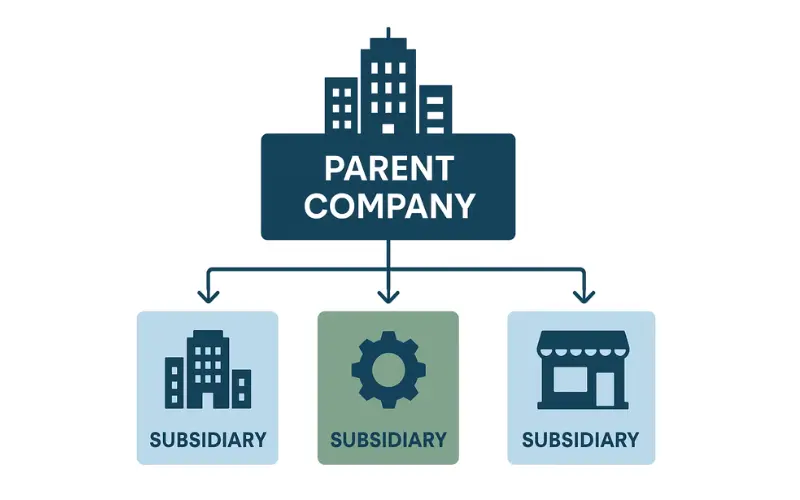Business today is about remaining lean and efficient. Expenses accumulate rapidly—from personnel to operations to customer support. Artificial intelligence is no longer merely a fad; it’s a disruptor. For small and medium-sized businesses in particular, AI solutions can make a real impact. They streamline tasks, minimize errors, and improve outcomes. The good news is that many AI solutions are now available and do not require profound tech expertise. These are six distinct methods AI can reduce costs without hurting quality or customer satisfaction.
More Intelligent Scheduling Decreases Downtime
AI applications can automate the time-consuming job of scheduling. They forecast staffing requirements based on trends such as seasons, customer volume, or even weather. That translates to no overstaffing during off-peak times and no last-minute scrambling when things get busy. Fewer skipped shifts, improved team coverage, and happier employees. AI can even recommend the most productive time slots for meetings or deliveries. Over time, this leads to better resource use and a big cut in wasted hours. Businesses that rely on hourly staff can especially benefit from these gains.
Automating the Repetitive Saves Time and Salary
Manual tasks slow things down. AI can handle repetitive jobs like data entry, invoicing, or sorting emails. When those roles become automated, employees are able to concentrate on more valuable work. Not only does this enhance productivity, but it also enhances morale. Workers have less time spent on mundane tasks and more on imaginative or strategic projects. It also means companies don’t have to bring in additional admin staff as they expand. This saving on salary costs starts to add up over the long term, particularly for lean teams that want to scale.
Data-Driven Buying Prevents Overstocking
Overstocking costs money. Understocking means lost sales. AI predicts demand based on what’s been bought before, trends, and local conditions. With improved demand planning, companies can order what they need—nothing less, nothing more. This minimizes markdowns and wasted inventory. It also prevents emergency orders, which tend to have higher shipping charges. In the long run, it builds a more balanced and cheaper supply chain. It’s a good idea for any company that handles physical products.
Customer Service Becomes Faster and Cheaper
AI never sleeps. Virtual assistants and chatbots can respond to questions 24/7 without increasing the payroll. Most customer questions are straightforward—order tracking, store hours, and return policies. AI can manage these and leave human agents for more complicated issues. This minimizes response times and enhances customer satisfaction. The tools also get smarter with every interaction, so the service continues to improve. AI-powered support assists in reducing the cost of operating a call center or bringing in additional staff during busy periods. It’s a robust solution for making customers happy on a tight budget.
Smarter Insights with Less Overhead
Data-driven decisions are better decisions. Computers can sort through enormous amounts of data and extract patterns that could take hours to realize by hand. Some companies utilize research agents that monitor competition, customer action, or pricing trends. Fine-tuning marketing, pricing, or products, these insights do it all. Small companies save money by not needing to hire analysts or firms to give them similar information-driven insights. It’s like having a quiet strategist working in the background, seeing things human eyes may miss.
Smarter Marketing That Doesn’t Waste Ad Spend
Marketing can turn into a money black hole if it’s not done properly. AI can be used to target the correct audience at the correct time with the correct message. It examines customer trends and determines which advertisements perform most effectively. Companies can prevent paying for non-converting clicks. AI also optimizes email campaigns, social posts, and even pricing. It continuously tests and adapts in real time. This equates to every marketing dollar stretching further. Less expensive ad spend and increased return are the new norm through the assistance of AI.
Conclusion
AI is not reserved for large technology corporations. It is a robust tool that can assist any company in saving money, working smarter, and expanding more quickly. From scheduling to optimizing marketing, it can perform tasks that consume time and budgets. These intelligent tools enable companies to spend more time on what is important—delivering value and remaining competitive. Adopting AI today may be the difference between operating a more agile and cost-effective business. It’s not about replacing humans, but about enabling them to do more with less stress and greater impact.




